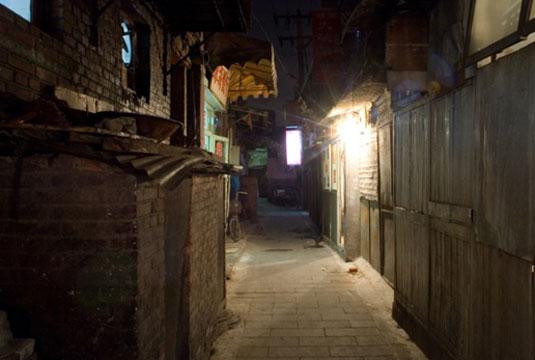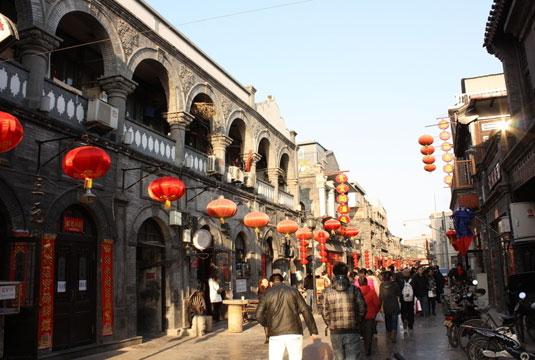Beijing’s small alleyways and courtyards, known as hutongs, are one of the city's most unique and oldest attributes. But residents of one hutong may soon be relocated after signing agreements with the government. District authorities say over-crowding has made the 500-year-old buildings unsafe. But as CCTV correspondent Grace Brown reports, many who live in them are unwilling to leave.
For centuries, hutongs were the fabric of Beijing society. Families shared alleyways, courtyards and meals with their neighbours. Mr. Xu has a lifetime of memories in Dashilar hutong.
 |
|
Beijing’s small alleyways and courtyards, known as hutongs, are one of the city's most unique and oldest attributes.
|
"I’ve lived here since I was small, for 60 years. I played shuttlecock in the street with other families’ children. Nothing has changed on this street." said Dashilar Resident, Beijing.
But the future of Dashilar is now uncertain.
With new developments crowding Dashilar, authorities say it’s now unsafe to live in. they’re considering clearing the area, to preserve it. A draft plan says residents will be relocated and their new homes improved. But whether the original residents in the heart of old Beijing will be willing to leave, is another matter.
"I live very near to my store. If I had to move, I’d probably have to close it down."
Reached by phone a local government spokesperson refused to say if the buildings will be torn down. The shadows and descendants of past Peking have captivated hoards of foreign tourists. Who say it won’t be the same without them.
"It’s kind of a shame, because you come here to see the real China. People make the city." said Tourist, Beijing.
 |
|
Beijing’s small alleyways and courtyards, known as hutongs, are one of the city's most unique and oldest attributes.
|
We recommend:
